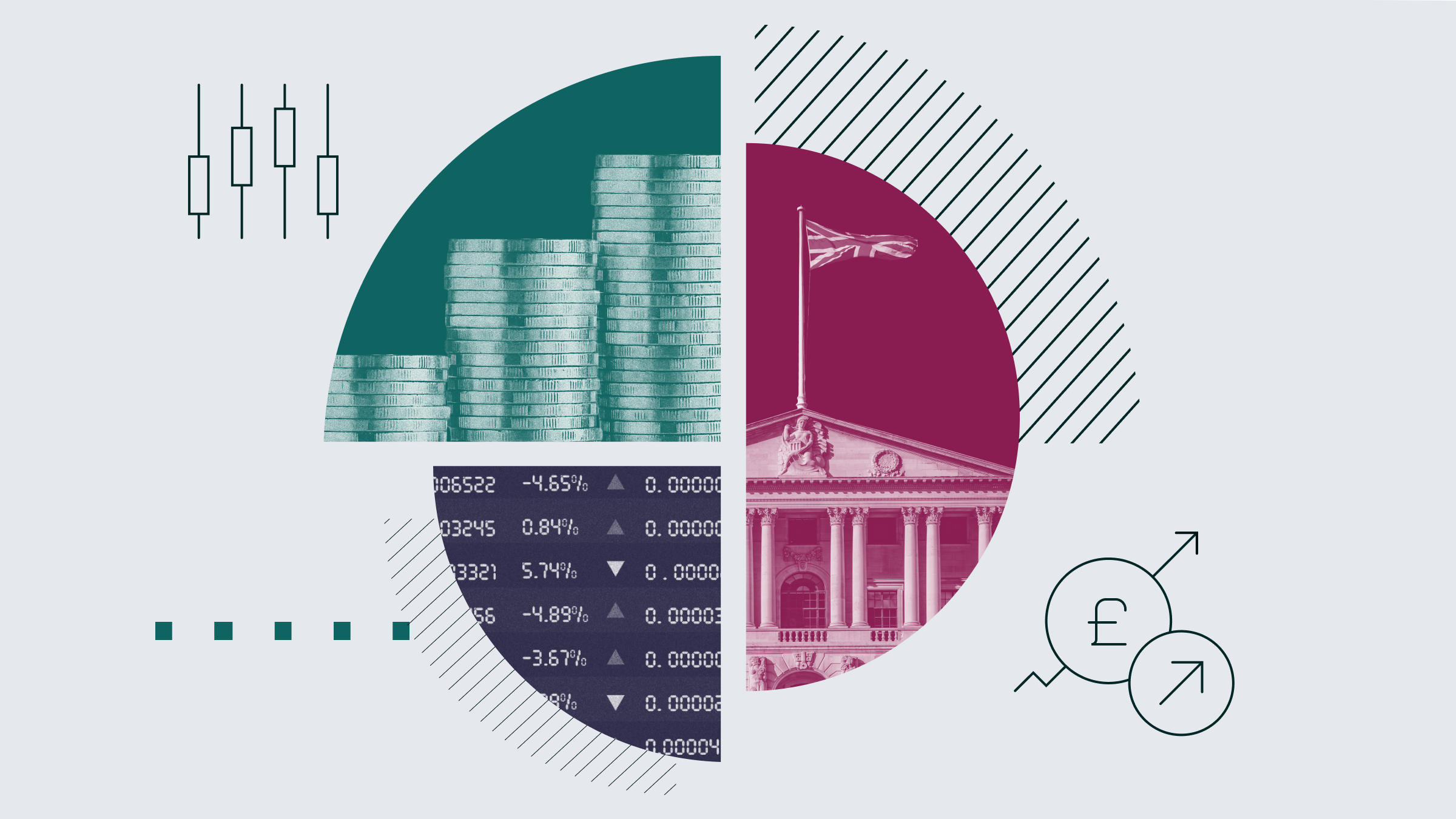![]() AstraZeneca (AZN) has built its leading presence in the pharmaceutical and biotech industry on patent-protected drugs and a developing pipeline that add up to a wide moat. However, the massive patent losses on gastrointestinal drug Nexium and cholesterol reducer Crestor in 2014 and 2016, respectively, will weigh on the company's growth prospects.
AstraZeneca (AZN) has built its leading presence in the pharmaceutical and biotech industry on patent-protected drugs and a developing pipeline that add up to a wide moat. However, the massive patent losses on gastrointestinal drug Nexium and cholesterol reducer Crestor in 2014 and 2016, respectively, will weigh on the company's growth prospects.
Although AstraZeneca's pipeline ranks toward the bottom of its peer group, we think the company is developing several key products that hold blockbuster potential. In particular, Forxiga holds a first-mover advantage as a new type of diabetes therapy in Europe. Also, the company's recently approved cardiovascular drug, Brilinta, could develop into a multibillion-dollar product if doctors get comfortable using the drug with low-dose aspirin. Further, the company is developing several late-stage cancer compounds where approval requirements tend to be lower and pricing power remains strong.
In addition to internal development, AstraZeneca has aggressively pursued acquisitions, with mixed results. The $15.6 billion price paid for MedImmune in 2007 appears to have been too high. Several of MedImmune's early-stage products need to achieve blockbuster status to warrant the acquisition price. Although the company creates growth opportunities through acquisitions, its chequered record leaves us less confident in management's adherence to price discipline. However, the recent partnership with Amgen to develop immunology drugs and the acquisition of full rights to several diabetes drugs from Bristol look like steps in the right direction as far as a solid external development strategy.
AstraZeneca is significantly cutting costs to mitigate lost profits from products losing patent protection. Initially announced in 2007 and subsequently expanded several times, AstraZeneca's cost-saving initiatives should save the company more than $6 billion annually. Further efficiency enhancements are likely to add to the cost savings over the long run. The cost savings should help the company navigate the patent losses on several high-margin drugs.

We are increasing our fair value estimate to £35 from £33 based on strong data from AstraZeneca's pipeline drug MEDI4736 in several cancer indications that led us to increase our projections for this critical pipeline drug. While AstraZeneca's moat is deteriorating, we believe the company still holds a wide economic moat based on patent protection, an entrenched salesforce, and economies of scale.




























